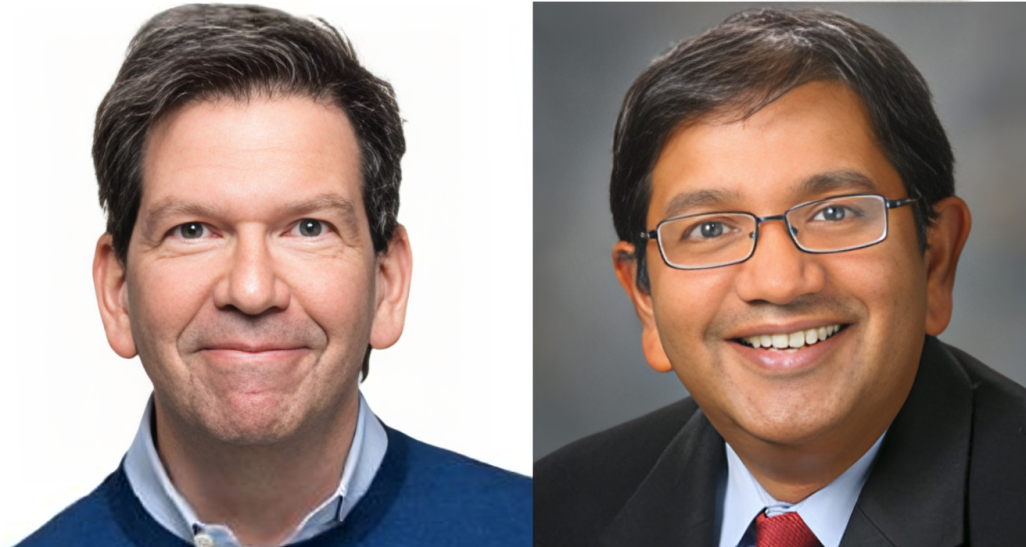Anirban Maitra shared on X:
“This preprint by David J Glass has really taken off over the past few days. Optimizing murine sample sizes for RNA-seq studies revealed from large-scale comparative analysis
The study addresses an important conundrum – what is the optimal cohort size for RNAseq analyses comparing two genotypes (say parental and a heterozygous perturbation). This study shows that using ‘gold standard’ numbers (N of 30 per cohort), the ‘usual’ N of 3 studies done in many academic labs leads to massive false discovery rates (FDR) and low sensitivity for true differences.
With a 2-fold difference in expression as cut off, an N of 6 in each arm leads to a ‘tolerable’ FDR of ~50%. and that an N of 8-12 mice per arm is probably the optimal size for such comparisons, leading to both low FDR and high sensitivity. Now this is a study outside of academia and many academic labs may not be able to afford 16-24 RNAseq runs for a single experiment.
But if you can tolerate some ‘noise’ in the system and tee up orthogonal validation, then N of 6 may be doable. I don’t have a perfect answer but can tell you from personal experience that the N of 3 pitfall is absolutely true. Good to see some data behind the anecdotal observations.”
Read further.
Source: Anirban Maitra/X
Dr. Anriban Maitra serves as Professor of Pathology and Translational Molecular Pathology at UT MD Anderson Cancer Center since August 2013, and directs the Sheikh Ahmed Pancreatic Cancer Research Center.
He leads an NCI-funded laboratory dedicated to pancreatic cancer research, focusing on genetics and molecular pathology in human and mouse models. His research aims to advance early detection and interception strategies to enhance patient survival rates in pancreatic cancer.
